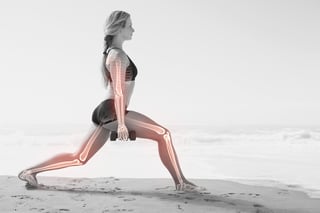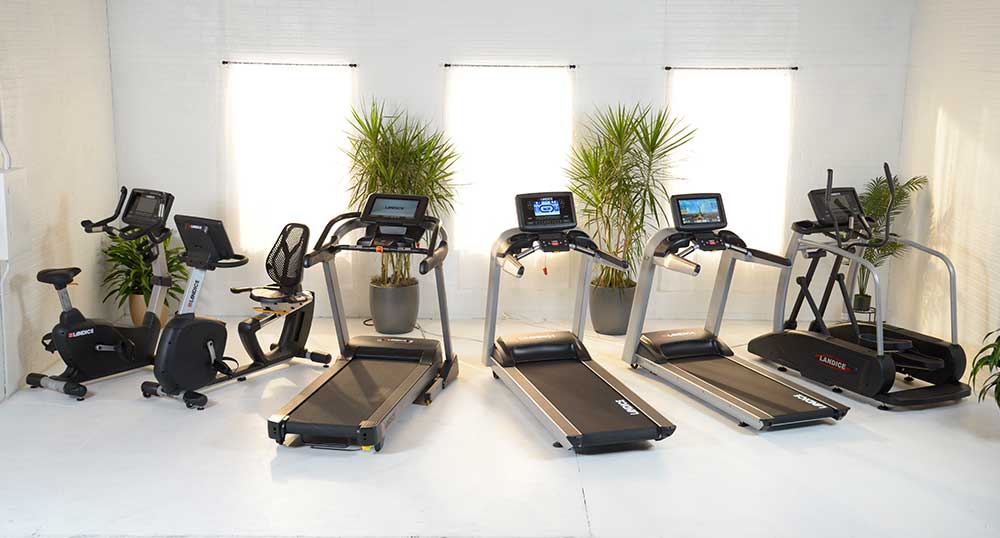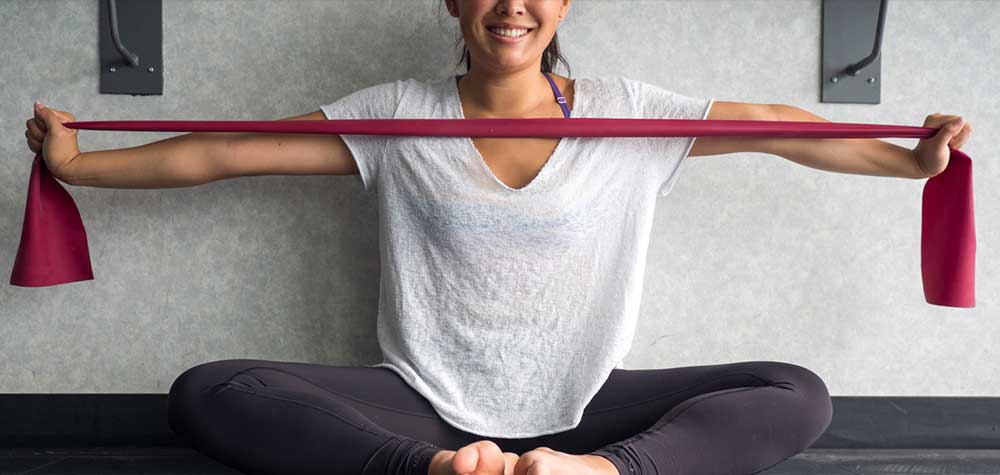The Myths and Misconceptions Around Fitness Training
December 15, 2017
We have all heard the tips and tricks other people have used to acheive their training goals. The gym rats and the internet are full of these insider "fitness facts". And while most of them mean well, there are certainly some things we heard that get you scratching your head. From drinking pickle juice to underwater treadmill training, somewhere inbetween the truth exists.
This article looks at some of the common myths and misconceptions about training and sheds some light on what's real and what should stay at the bottom of the pickle barrel.
MYTH: Muscle Becomes Fat and Fat Becomes Muscle
Muscle and Fat are two completely different tissues. Muscle is made up of a large number of cells that together form muscle fibers. These fibers can grow in size, density and efficiency depending on the stimulus provided.
Fat is adipose tissue, or simply, a loose connective tissue composed mostly of adipocytes. Body fat is directly related to your caloric balance. If you consume more than you burn and more than your body needs for energy, it will be stored. Neither muscle nor fat can magically transform into one other.
People get this confused since when you workout, you can get away with eating more without putting on the weight due to the extra energy expended during the workout. But in reality, if you stop working out you need to lower your intake to account for the decrease in energy expenditure.
Not to mention, when associated with weight training, the increase in muscle mass stretches out the fat under the epidermis giving you a slimmer “look”. Once you stop, the muscle atrophies and the fat has more space to move around giving out the sense that the muscle has turned into fat.
MYTH: The More I Workout The Better
If a little exercise is good, then more is better in terms of calorie burn and weight loss, right? That's what most of us tend to believe.Hours of exercise can be beneficial when it comes to improving endurance levels and cardiac efficiency. However, a recent study performed on 2 groups showed different results in terms of physical fitness. The first group exercised 3 times per day doing a 10-minute jog at moderate pace versus a second group who exercised 30-minutes a day, 5 times a week. Both were found equally fit after testing.
Another variable that makes a difference is the “intensity” and “type” of exercise. Sure you can walk for 3 hours a day, but can you sustain an hour of spin cycling or 2 hours of intense weight lifting? Are you really exercising and seeing results with 3 hours of walking?
 Myth: MORE reps, low weights - better for toning muscle
Myth: MORE reps, low weights - better for toning muscle
You can’t shape a muscle. Some one may have an abdominal 6-pack but it has nothing to do with their exercise routine. The shape of your muscle is embedded in your genetics. You can alter the size of your muscles but not the shape.
Muscle “definition” or “toning” has to do with body fat levels. You need to reduce your overall body fat, to make your muscles more visible.
Myth: Cardio is better than weight lifting for fat loss
It’s simple math, says Cris Slentz, PhD, assistant professor of medicine at Duke University. “Minute per minute, cardio burns more calories, so it works best for reducing fat mass and body mass.” That’s not to say that you shouldn’t lift weights, especially as you get older and start losing muscle mass, he notes. “Resistance training is important for maintaining lean body mass, strength and function, and being functionally fit is important for daily living no matter what your size."
Weight lifting and moderate cardio equal increased metabolism, improved appearance, better nutrient utilization, increased bone density and so many more health benefits.
MYTH: Stretching before you exercise will prevent injury
Warming up prior to an exercise is important. Dynamic warm-ups like back and forth and lateral leg swings is great for runners. However, when it comes to static stretching, countless studies have shown very little benefit in regards to preventing injury, reducing soreness or improving performance. On the contrary, you risk injury if you stretch a cold muscle.
While flexibility is good, runners' especially have a different relationship with "motion," which is another word for flexibility. Runners try to avoid too much motion. They wear orthotics to prevent overpronation. They wear knee straps to prevent too much lateral movement. They do crunches to build a rock-hard midsection. Flexibility sounds like a great idea, but has definite drawbacks for runners.
Myth: Being Thin Means You're Healthy
Studies have found that overweight people who part take in regular exercise are healthier than people who don’t engage in exercise. Just because you are at your ideal weight does not mean you are healthy. Being sedentary and thin can be just as bad as being overweight.
Exercising has numerous health benefits including but not limited to:
– Reduced blood pressure
– Stress Relief & reduced depression
– Increased bone density
– Improved lipid profile
– Reduced risk of cardiac diseases
– Weight management
For every person you ask about fitness tips, you will probably get a different opinion. And the while the internet is a quick way to find and answer, if you're not getting your informatio from a trusted source you just may getting a lot of bunk. If you ever bump up against something that you think is "fake fitness news", ask your physician about it before jumping on the bandwagon.
What are some of you favorite myths that you have debunked?
.png?width=258&height=54&name=Landice_logo%20(1).png)





